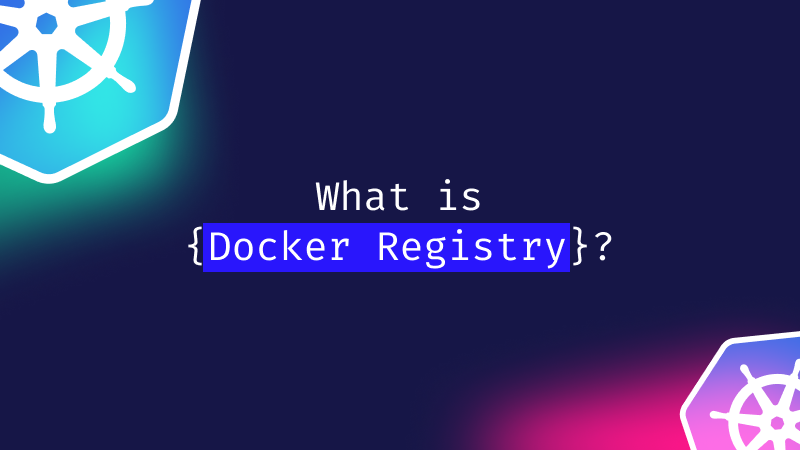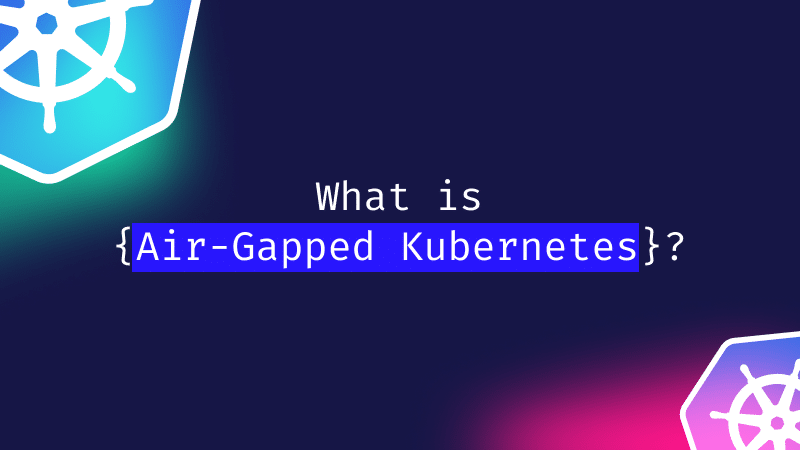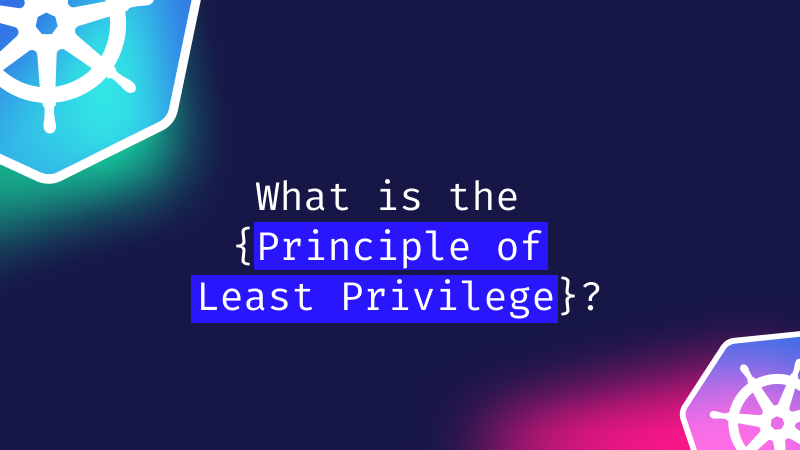Cloud Workload Security
Cloud workload security has become critical in modern cloud-native environments as businesses migrate their applications and data to the cloud. They face a unique set of security challenges that require a comprehensive and strategic approach to protect their critical assets.
With the growing adoption of cloud computing and the rise of cloud-native technologies, securing workloads in the cloud has become a top priority for businesses.
Organizations must address various potential attack vectors to ensure the integrity of their cloud-native applications. This is due to cloud-native workloads’ transient nature and the shared responsibility model.
Understanding Cloud Workload Security
Migrating to Cloud-Native Architectures
As organizations shift towards cloud-based computing, their workloads have become increasingly dynamic, transient, and distributed. These cloud workloads, which include virtual machines (VMs), containers, and serverless functions, operate in cloud environments and pose unique security challenges that differ significantly from traditional on-premises deployments.
Recognizing the need to address these security concerns, many businesses are exploring the transition to cloud-native architectures. This approach allows organizations to harness the cloud’s flexibility and scalability while implementing security measures tailored to the specific requirements of cloud-based workloads.
By embracing cloud-native principles such as microservices, containerization, and serverless computing, enterprises can gain greater control and visibility over their cloud environments. This enables them to implement robust security protocols that protect their critical data and applications, even in on-premises settings.
Unique Security Challenges
Cloud workload security can be defined as the practices and technologies used to protect cloud-based systems, applications, containers, workloads, and data from cyber threats and vulnerabilities.
These workloads are often spread across multiple cloud environments, making maintaining a consistent and secure cloud security posture management challenging. Cloud workload protection platforms (CWPP) help address this challenge by providing organizations with the tools and capabilities to secure their cloud workloads.
Cloud environments introduce unique security challenges:
- In the shared responsibility model, cloud providers and customers share the responsibility for securing the cloud infrastructure. While cloud providers are responsible for the security of the underlying cloud infrastructure, customers need to secure the applications, data, and configurations within their cloud-hosted workloads. This requires organizations to have a comprehensive cloud workload security strategy to protect their applications and data.
- Cloud-native workloads in the cloud pose unique security challenges due to their dynamic nature, as they can rapidly scale and change, making consistent security challenging to maintain across the environment. However, not all cloud-hosted workloads are dynamic; some are static, resembling legacy on-premises setups. While these workloads may have fewer security complexities, dynamic cloud-native applications require robust security measures to address their constantly changing nature and potential attack surface.
- An increased attack surface due to the public nature of the cloud and a multitude of potential attack vectors.
Key Components of Cloud Workload Security
Effective cloud workload security encompasses several critical components, each addressing specific security concerns and best practices:
1. Identity and Access Management (IAM)
Implementing robust IAM policies and controls to manage user access, privilege escalation, and privileged account management is crucial for securing cloud workloads. This includes role-based access control, multi-factor authentication, and just-in-time access provisioning.
- Role-based Access Control (RBAC) ensures users have access only to the resources necessary for their role.
- Privileged Access Management (PAM) secures and monitors privileged accounts within cloud environments.
2. Network Security
Network security is another critical aspect of cloud workload security. Ensuring secure network configurations, implementing network segmentation and isolation, and deploying firewalls and intrusion detection/prevention systems are essential for protecting cloud workloads from network-based attacks.
Additionally, defining and enforcing network policies can help control traffic flow and mitigate the risk of lateral movement within the cloud environment.
- Secure Network Configurations prevent unauthorized access and ensure data integrity.
- Network Segmentation and Isolation limit the blast radius of potential breaches.
- Firewalls and Intrusion Detection/Prevention Systems (IDPS) protect against known and emerging threats.
- Kubernetes-specific Network Security: Network Policies in Kubernetes enforce rules on how pods communicate with each other and other network endpoints.
3. Runtime Security
Runtime security focuses on protecting workloads while they are running. Behavioral analysis and anomaly detection should also identify any unusual activities within the cloud environment.
- Behavioral Analysis and Anomaly Detection monitor for unusual activity that may indicate a breach.
Additionally, workload hardening and minimization techniques, such as attack surface reduction and least-privilege principles, enhance the security posture of cloud workloads.
- Vulnerability Scanning and Patching identify and remediate software vulnerabilities.
- Workload Hardening and Minimization reduce the potential attack surface by limiting the number of active components.
4. Data Protection
Implementing encryption for data at rest and in transit, maintaining robust backup and recovery strategies, and adhering to compliance and regulatory requirements is crucial for protecting the sensitive data associated with cloud workloads.
Compliance and regulatory requirements should also be considered when implementing data protection measures.
- Encryption of data at rest and in transit safeguards against unauthorized access.
- Data Backup and Recovery Strategies ensure business continuity during data loss.
- Compliance and Regulatory Requirements adherence maintains legal and ethical standards.
5. Configuration Scanning
Regular scanning and auditing of cloud infrastructure configurations can identify misconfigurations, vulnerabilities, and policy violations that could expose cloud workloads to security threats. This includes checking for proper security settings, network policies, and access controls to ensure the cloud environment is secure.
Best Practices for Cloud Workload Security
To effectively secure cloud workloads, organizations should adopt the following security best practices:
- Adopt a “security-first” mindset: Incorporate security considerations into the entire cloud deployment lifecycle, from the initial design and architecture to ongoing monitoring and incident response.
- Leverage cloud-native security services: Utilize the security tools and services provided by cloud providers, such as managed IAM, network security, and runtime protection, to enhance the overall security of cloud workloads.
- Implement a defense-in-depth approach: Deploy multiple layers of security controls, from network filtering to workload hardening, to create a resilient security posture that can withstand various attack vectors.
- Continuously monitor and respond to security incidents: Establish robust monitoring and incident response capabilities to quickly detect, investigate, and mitigate security threats targeting cloud workloads.
- Ensure visibility and transparency across cloud environments: Maintain a comprehensive understanding of the cloud infrastructure, configurations, and resource dependencies to effectively identify and address security vulnerabilities.
- Maintain robust incident response and disaster recovery plans: Develop and regularly test incident response and disaster recovery strategies to ensure the organization can quickly recover from security incidents and minimize the impact on cloud workloads and business continuity.
Proactive Cloud Security
Cloud workload security is vital for protecting critical business assets in modern cloud environments. Organizations should adopt robust security measures, leverage cloud-native services, and adhere to best practices. A proactive security approach, coupled with continuous monitoring and incident response, enhances visibility and transparency, mitigating risks and maintaining trust in the dynamic cloud landscape.







 Continue as a guest
Continue as a guest